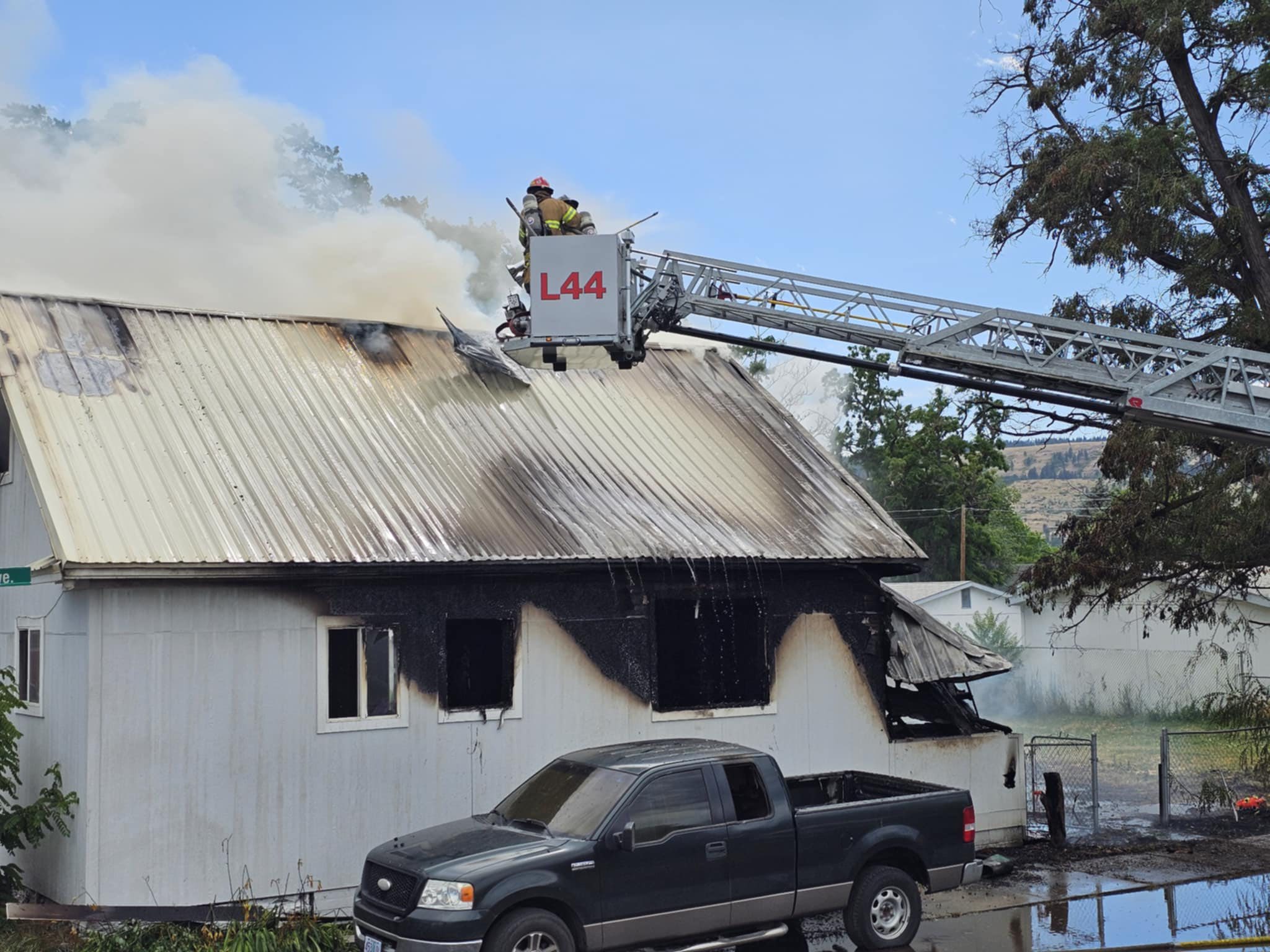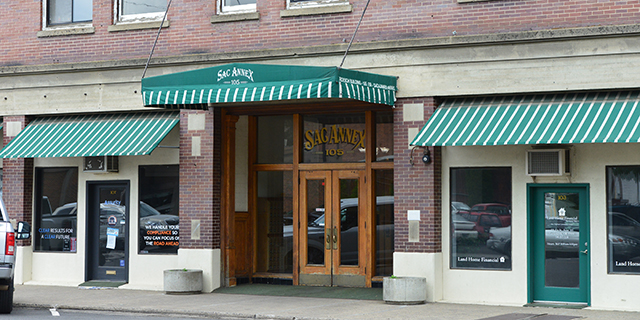U.S. layoffs remain elevated as 803,000 seek jobless aid
Published 2:00 pm Wednesday, December 23, 2020
WASHINGTON — The number of Americans seeking unemployment benefits fell by 89,000 last week to a still-elevated 803,000, evidence the job market remains under stress nine months after the coronavirus outbreak sent the U.S. economy into recession and caused millions of layoffs.
The latest figure, released Wednesday, Dec. 22, by the Labor Department, shows many employers still are cutting jobs as the pandemic tightens business restrictions and leads many consumers to stay home. Before the virus struck, jobless claims typically numbered around 225,000 a week before shooting up to 6.9 million in early spring when the virus — and efforts to contain it — flattened the economy. The pace of layoffs has since declined but remains historically high in the face of the resurgence of COVID-19 cases.
“The fact that more than nine months into the crisis, initial claims are still running at such a high level is, in absolute terms, bad news,” Joshua Shapiro, chief U.S. economist at the economic consulting firm Maria Fiorini Ramirez Inc., wrote in a research note. “With the pandemic again worsening, it is likely that claims will remain quite elevated for some time to come.’’
The total number of people who are receiving traditional state unemployment benefits fell to 5.3 million for the week that ended Dec. 12 from a week earlier. That figure had peaked in early May at nearly 23 million. The steady decline since then means that some unemployed Americans are finding work and no longer receiving aid. But it also indicates that many of the unemployed have used up their state benefits, which typically expire after six months.
Millions more jobless Americans are now collecting checks under two federal programs that were created in March to ease the economic pain inflicted by the pandemic. Those programs had been set to expire the day after Christmas. On Monday, Congress agreed to extend them as part of a $900 billion pandemic rescue package.
President Donald Trump on Tuesday night, though, suddenly raised doubts about that aid and other federal money by attacking Congress’ rescue package as inadequate and suggesting that he might not sign it into law.
The supplemental federal jobless benefit in Congress’ new measure has been set at $300 a week — only half the amount provided in March — and will expire in 11 weeks. A separate benefits program for jobless people who have exhausted their regular state aid and another benefits program for self-employed and gig workers will also be extended only until early spring, well before the economy will likely have fully recovered.
A tentative economic recovery from the springtime collapse has been faltering in the face of a resurgence of COVID-19 cases: An average of more than 200,000 confirmed cases a day, up from fewer than 35,000 in early September. Hiring in November slowed for a fifth straight month, with employers adding the fewest jobs since April. Nearly 10 million of the 22 million people who lost jobs when the pandemic hit in the spring are still unemployed.
According to the data firm Womply, closings are rising in some hard-hit businesses. For example, 42% of bars were closed as of Dec. 16, up from 33% at the start of November. Over the same period, closures rose from 25% to 29% at restaurants and from 27% to 35% at salons and other health and beauty shops.
All told, 20.4 million people are now receiving some type of unemployment benefits.









